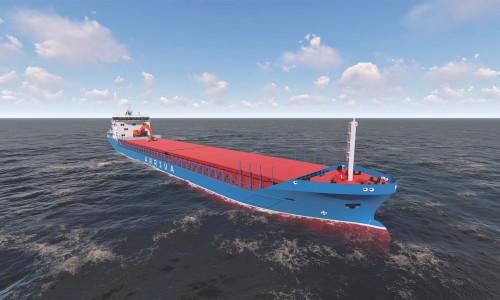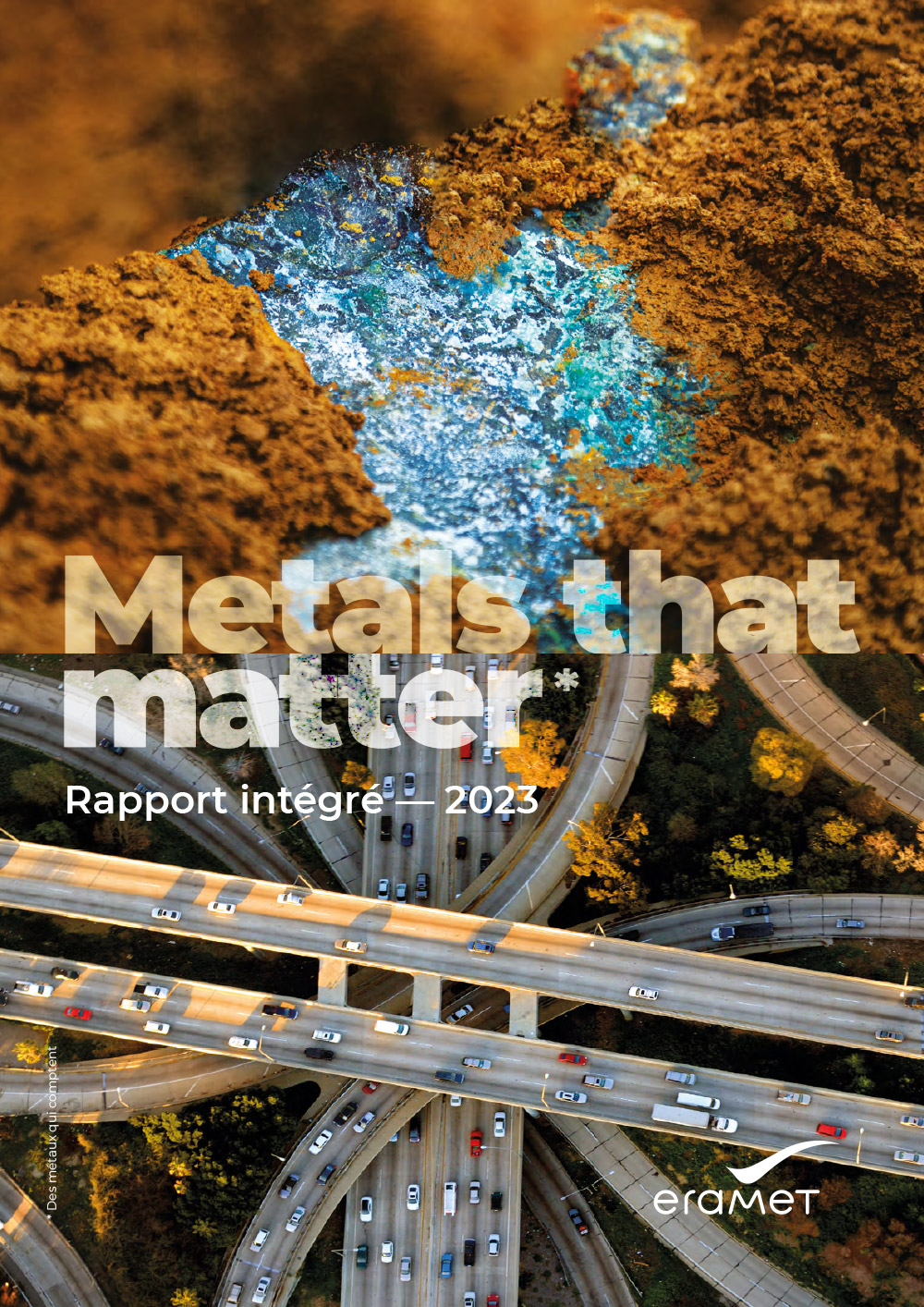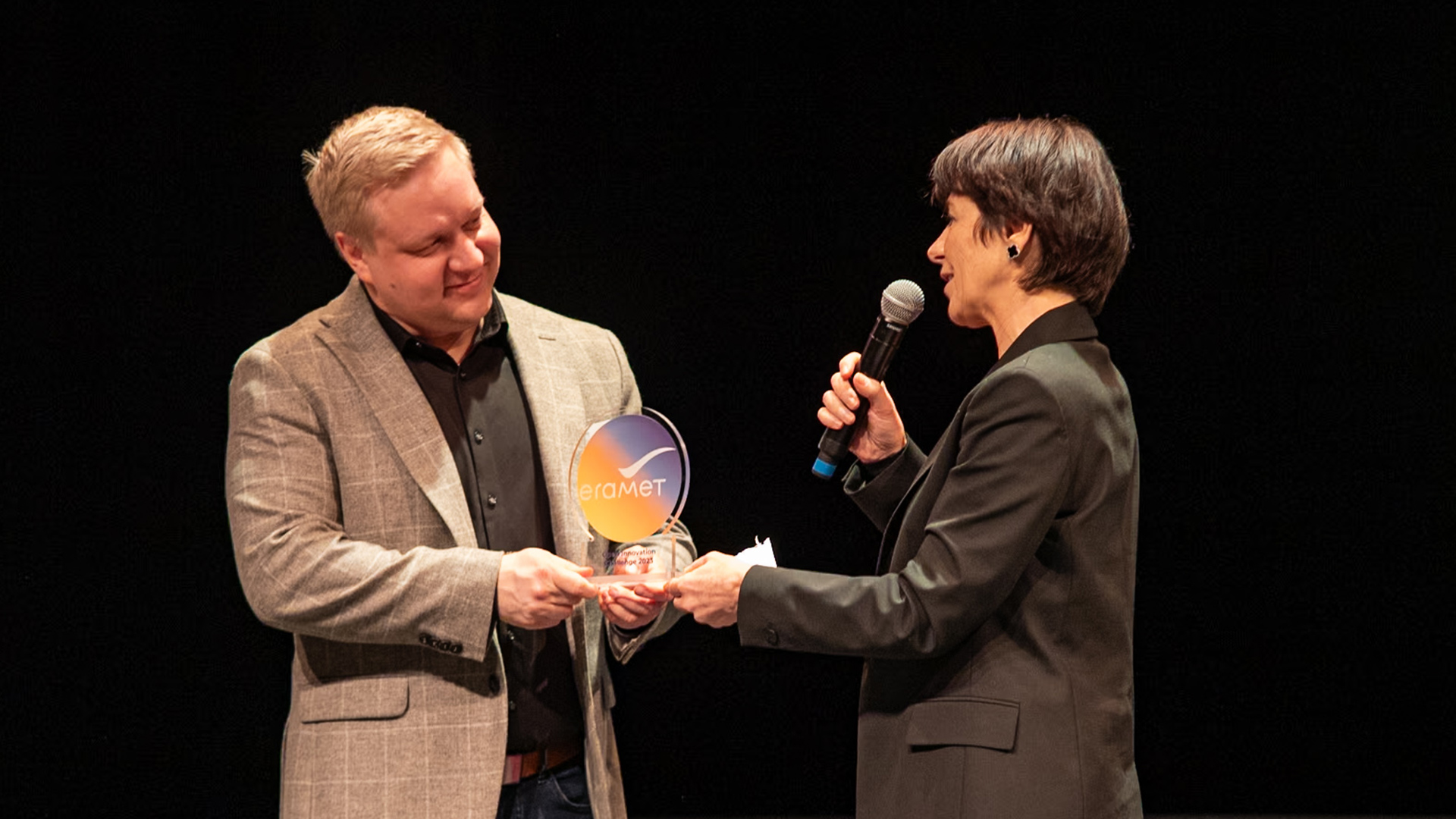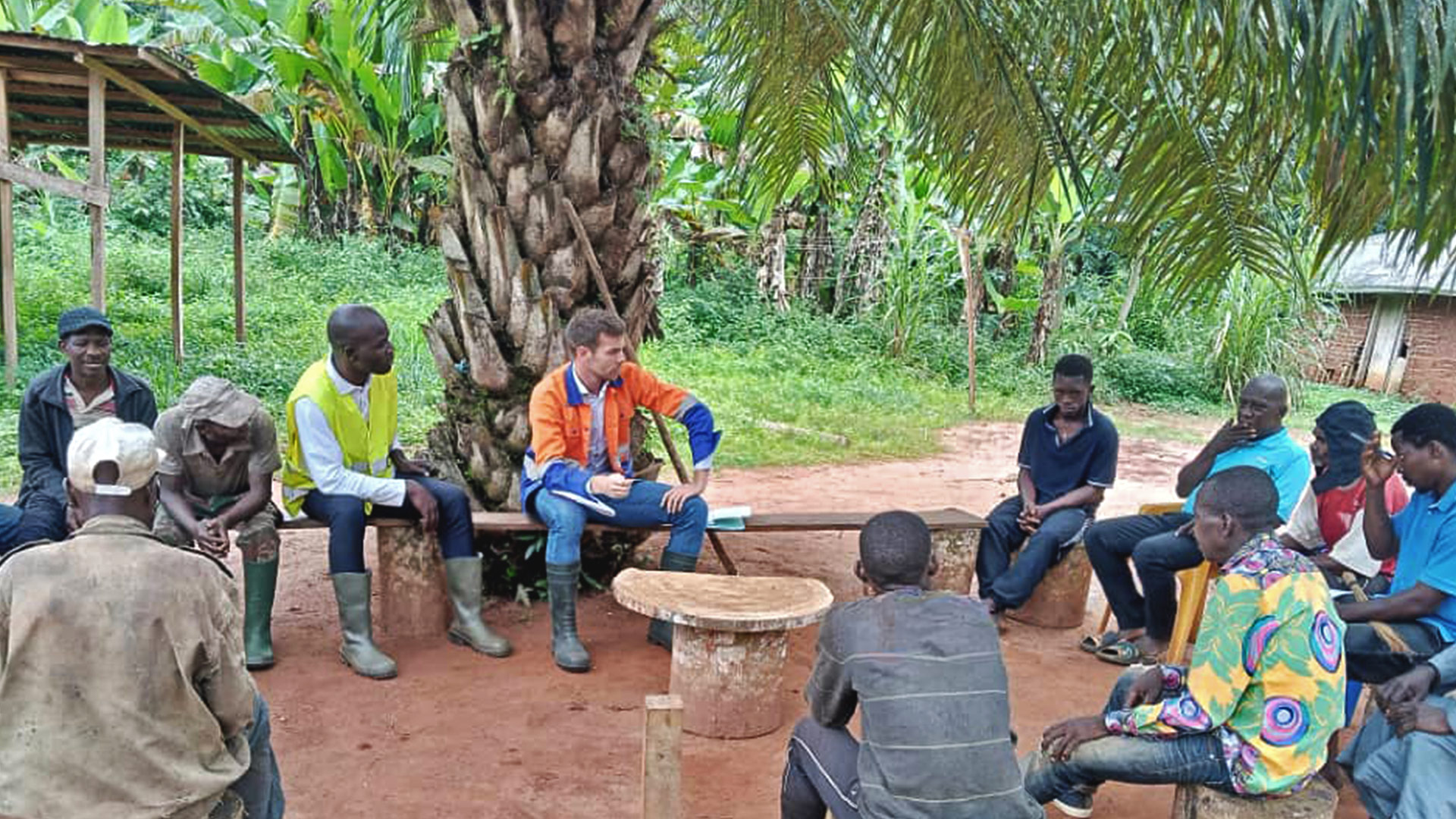Eramet Norway and Arriva make an innovative duo: the two partners have received financial support from Enova for the development of a sea transport project with significant reduction of CO2 emissions.
Ships with electric batteries, electric port infrastructures, sea transport with lower carbon emissions… all of this doesn’t belong to the future anymore, but well and truly to the present.
This summer, Eramet Norway received financial support from Enova – a company owned by the Norwegian government with the purpose of contributing to reduced greenhouse gas emissions, development of energy and climate technology and a strengthened security of supply – for its onshore power projects at the Group’s Norwegian plants.
This project encompasses the three manganese alloy sites in Porsgrunn, Kvinesdal and Sauda, as well as TTI in Tyssedal. The idea is to offer access to onshore electric power to cargo vessels – especially to Eramet Norway’s transport partners – and thus to contribute to the reduction of carbon emissions, particle emissions and noise generated by port activities.
The conversion to electricity has the wind at its back: it’s now the turn of Arriva, the Group’s key partner in terms of sea transport, to receive support from Enova. Arriva stood out for its electric battery and excavator cargo ship project. This ship of the future will indeed allow to reduce fuel consumption by 400 tons which represents a 20% reduction of the traditional consumption, and to reduce carbon emissions by 1,200 tons – the equivalent of emissions from 450 cars!
Enova was interested by the ambition of the Eramet-Arriva duo: Eramet’s electric infrastructure projects are indeed well-matched with Arriva’s new cargo ships, which will be able to use the plants’ electric energy once they’re docked, still without emissions and with a reduced level of noise! Eramet’s objective? To offer an eco-responsible alternative to current means of sea transport, and to position itself as a major player in the industry’s energy transition. These two projects, which should be fulfilled by the end of 2021, could revolutionize traditional sea transport and pave the way for future standards of sustainable operations.





